Article: Episode 16 Foraging - Ethics, Simple Plants To Identify
Episode 16 Foraging - Ethics, Simple Plants To Identify
On our last Living and Lovin Herbs Podcast episode, I talk about foraging and the ethics we all need to apply when we are out in the wild and picking plants.
Click Here to listen to the show!
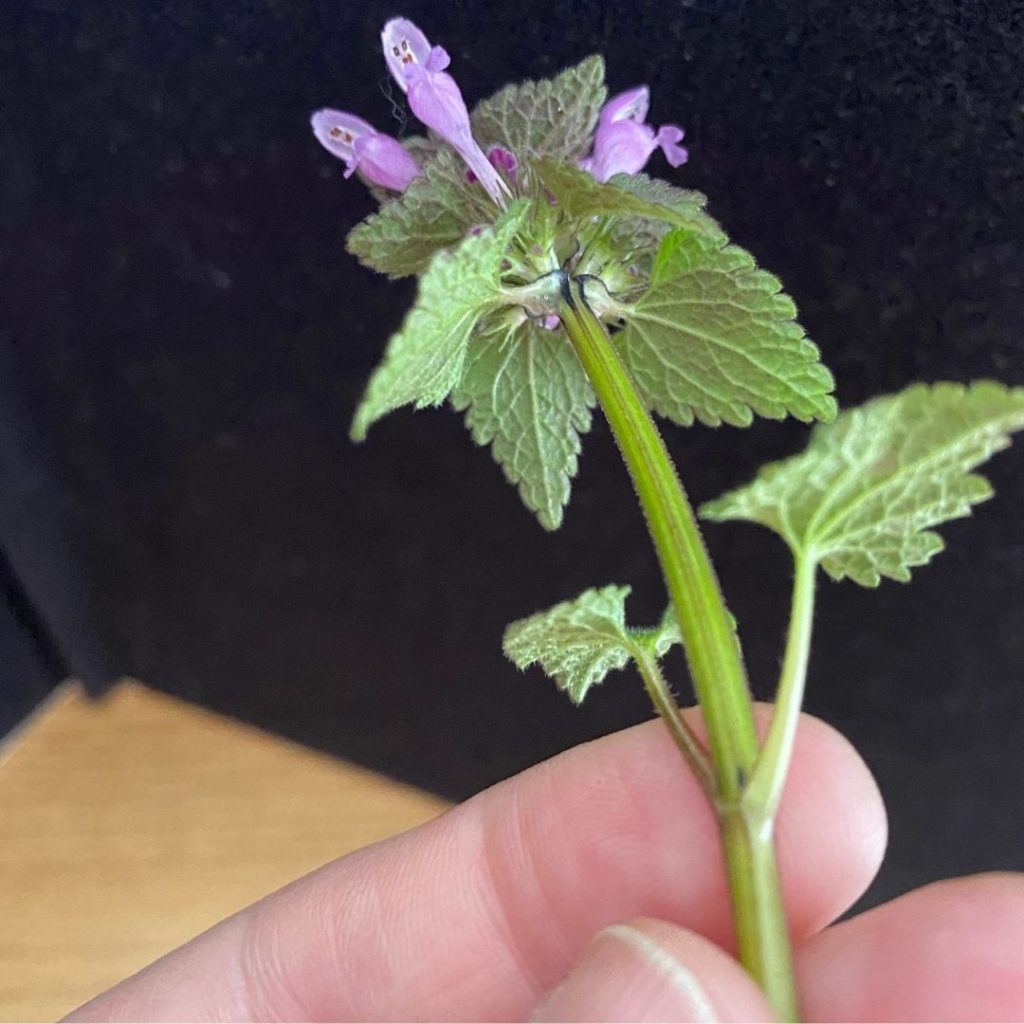
Dead Nettle cleaned and ready for dryer. Picture by Brenda J. Sullivan
www.livingandlovinherbs.com/friday
Sign up for our newsletter to learn more about herbs, promotions and news we have to share.
Check out all our books!
We recorded this show live on Clubhouse and Facebook with my Co-host Theresa Valendzas from Altraform Every Sunday at 10 AM EST we've been hosting a show called Herb Talk. Please come us!
We talk about the ethics of foraging, books I recommend to help identify plants and easy plants to identify if you're a beginner.
Legal Disclaimer
The information presented is for informational, reference, and educational purposes only and should not be interpreted as a substitute for a diagnosis and/or treatment. All health-related questions should be directed to your healthcare provider.

Medicinal Uses
Dead Nettle has flavonoids, polyphenols compounds, and antioxidant properties, including quercetin which offers a broad range of health benefits, such as boosting the immune system, improving the cardiovascular system and gut microbiome.
This species also has anti-inflammatory properties, relieves pain helps prevent secondary sinus infections in the upper and lower respiratory tract caused by allergies.
Safety
Moderation is key, overuse of this plant can cause diarrhea.
Dosage
Nutritive Infusion:
A general rule for measuring out dried herbs:
1 oz per quart
2 oz per 1/2 gallon
Place the dried herb in a glass jar (be careful not to use a cold jar. It will break), pour just off the boil hot water over the herb and stir well and cover for 24 hours.
Strain the plant matter and put it in the compost. Drink all day long or refrigerate for up to 3 days.
Tea
One heaping teaspoon of dried herb in one cup off the boil water. Let steep 10 minutes. Strain and drink as often desired.
Tincture
1-2 ml 3x/day (1:5 in 40%)
Food
Smoothies, salads, stir frys, casseroles Dead Nettle grows in many parts of the world. Check out my Youtube Video
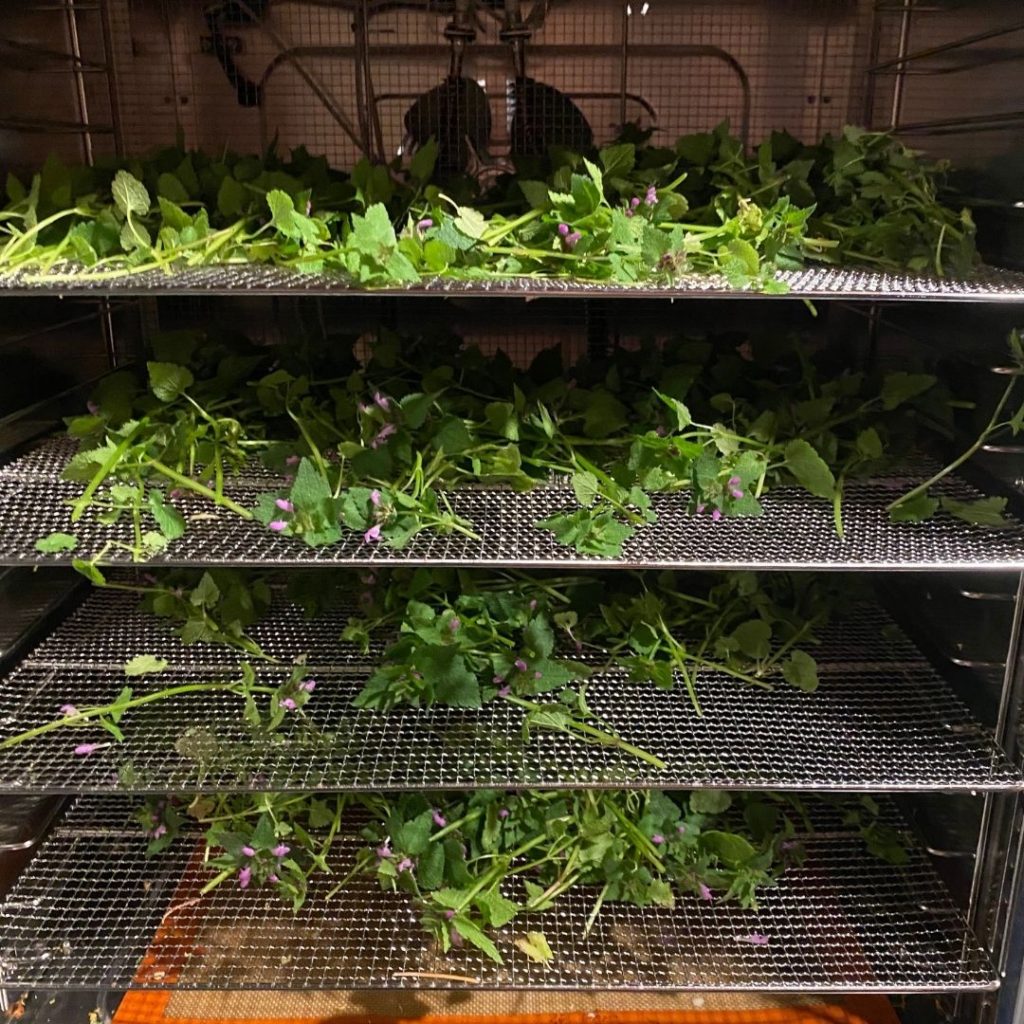
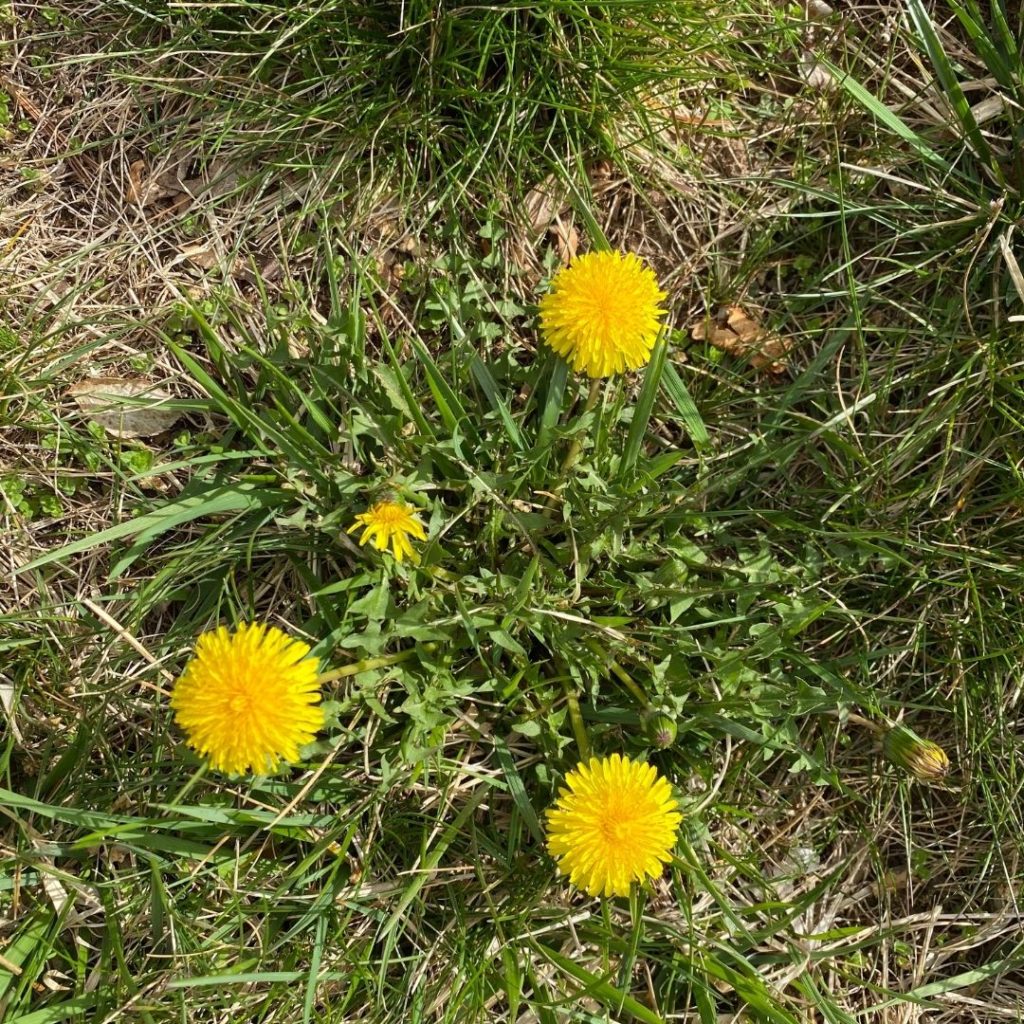
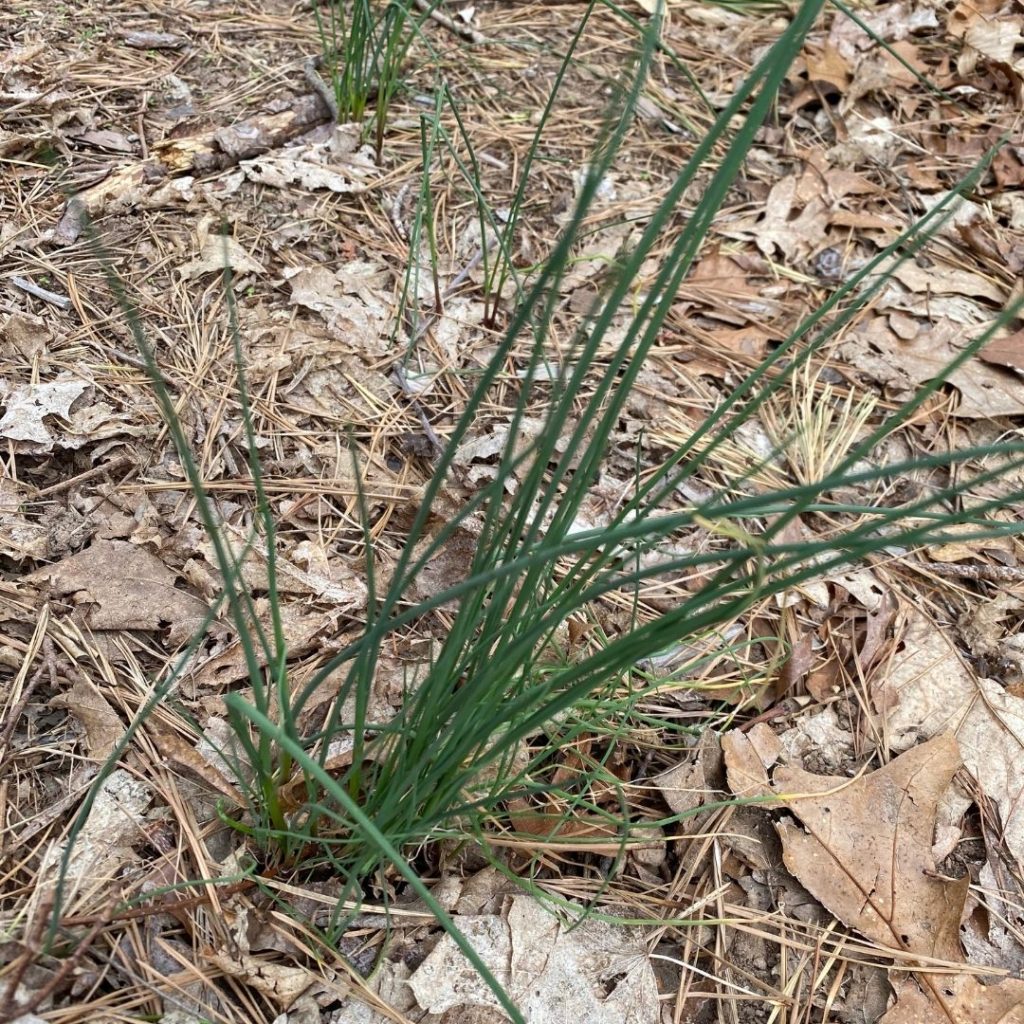
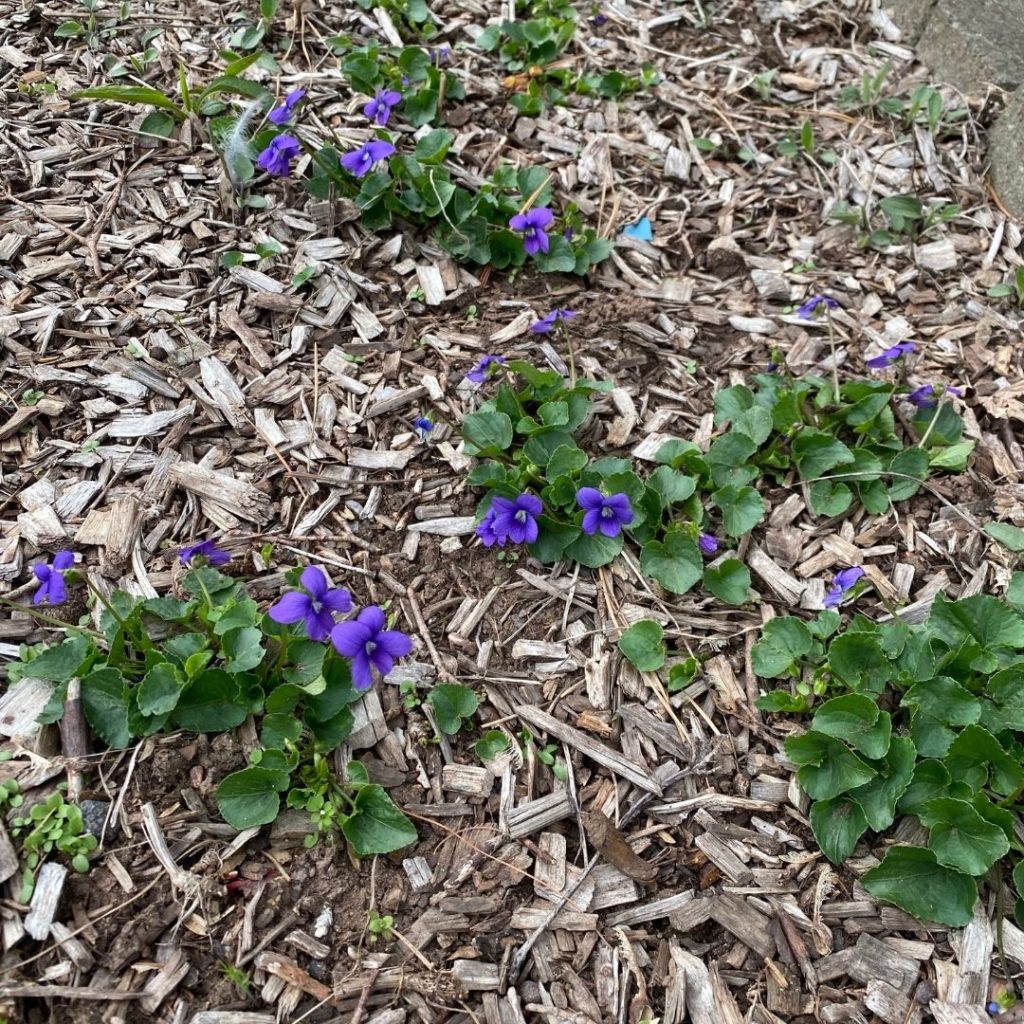
The leaves are used in folk medicine for fevers; it's a mild laxative, gargle for sore throats, considered a diuretic, expectorant, mild sedative, blood purifier. Its also been used for asthma, heart palpitations, skin eruptions such as eczema.
According to the Peterson Field Guide to Medicinal Plants and Herbs of Eastern and Central North America (pg 234), studies on rats have confirmed violets have antioxidants, anthocyanins which helped control skin issues.
Violets make a beautiful addition to any dessert or salad, even if you're not looking for a medicinal benefit.
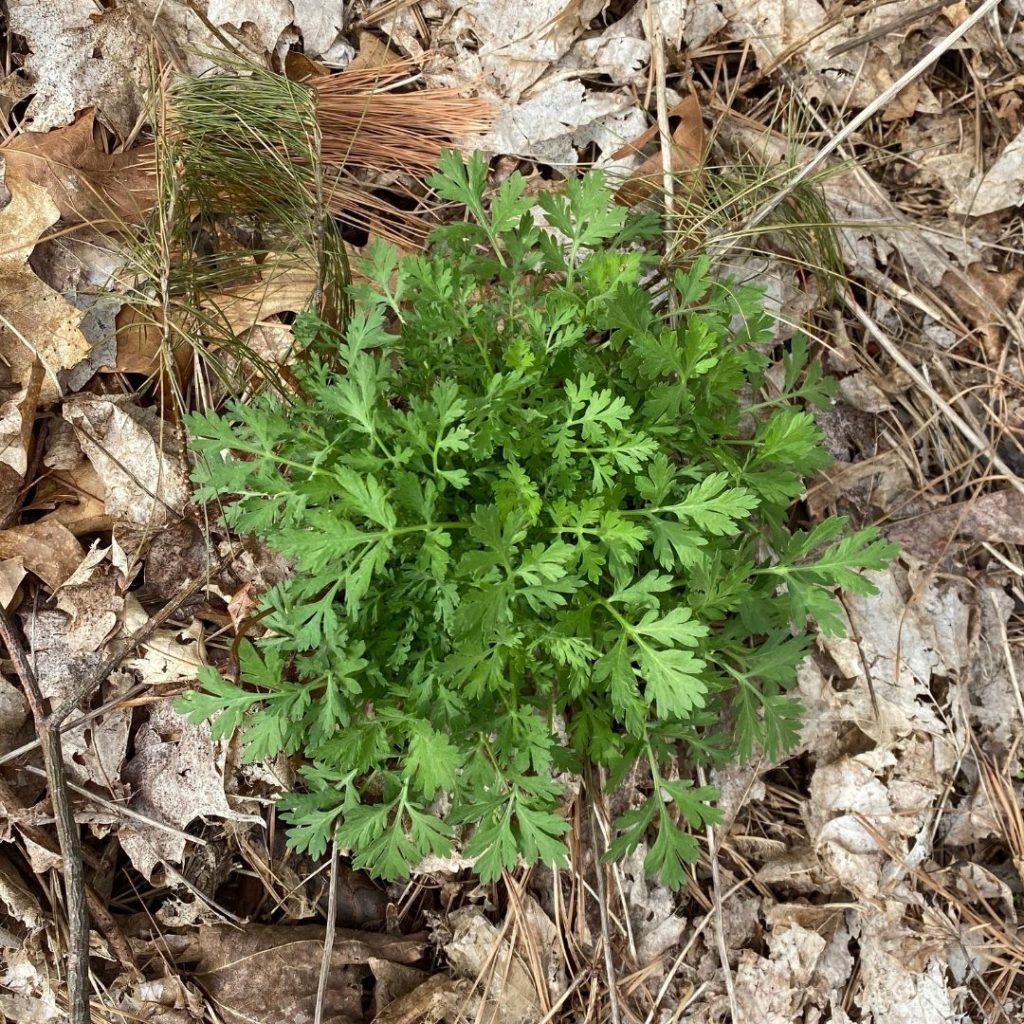
This plant is original to the Balkan Peninsula and escaped cultivation and is now wild in North and South America and most of Europe. Feverfew has an active constituent parthenolide which is a compound used to help control migraines. However, there are other remedies this plant is good for other than preventing migraines. It known to help with arthritis, colds, fevers, cramps, worms, regulates menses.
According to the Peterson Field Guide to Medicinal Plants and Herbs of Eastern and Central North America (pg 122), studies have proven effective if 1 - 4 leaves are chewed per day, preventing the number and duration of migraine attacks. British studies suggest that Feverfew can prevent 70% of migraines.
Book Recommendations
(Affiliate Links)
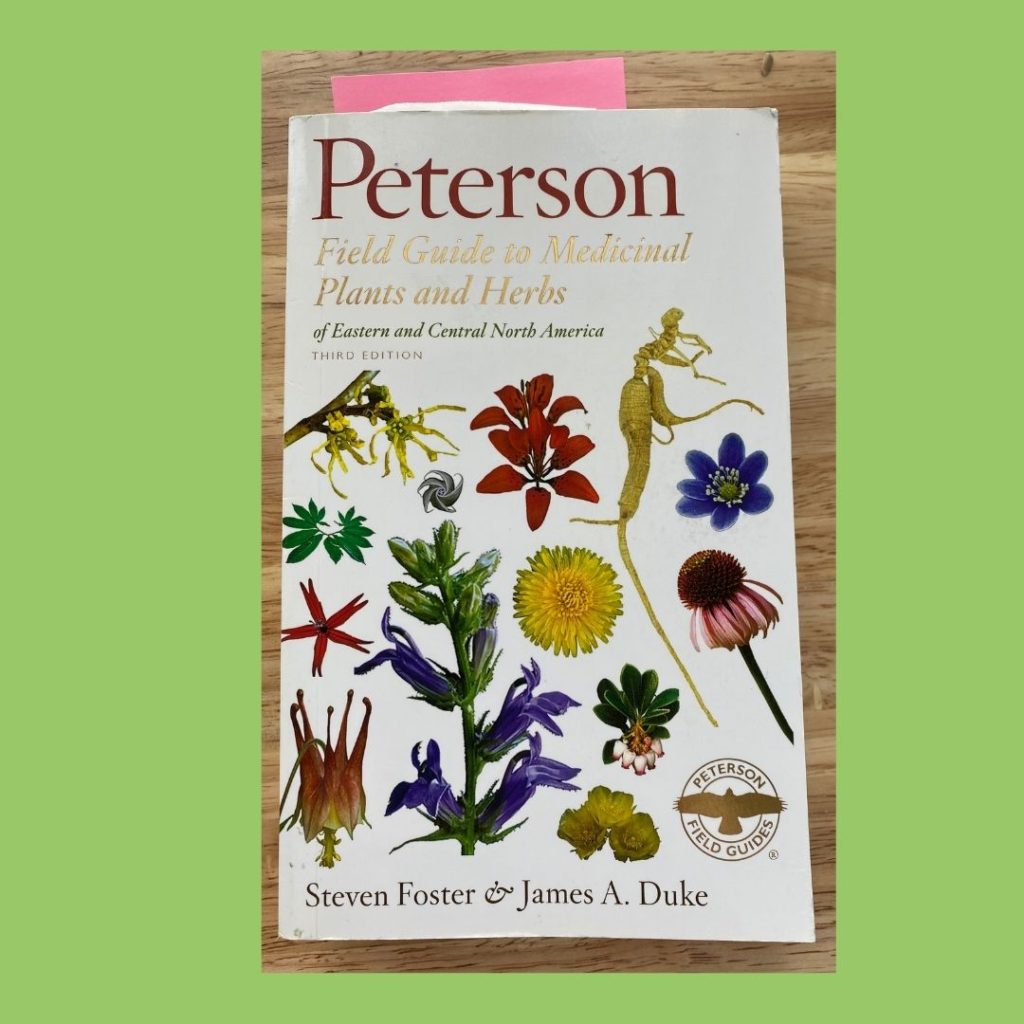
Peterson Field Guide to Medicinal Plants and Herbs of Eastern and Central North America, Third Edition (Peterson Field Guides) Paperback – Illustrated, April 8, 2014
Newcomb's Wildflower Guide Paperback – Illustrated, April 13, 1989
Mycelium Running: How Mushrooms Can Help Save The World by Paul Stamets
Host defense Mushrooms Turkey Tail – Immune Support
Wild Remedies: How to Forage Healing Foods and Craft Your Own Herbal Medicine Paperback – Illustrated, April 7, 2020, Rosalee De LA Foret and Emily Han
The Wild Medicine Solution: Healing with Aromatic Bitter, and Tonic Plants, Guido Mase
The New Edible Wild Plants of Eastern North America: A Field Guide to Edible (and Poisonous) Flowering Plants, Ferns, Mushrooms and Lichens Paperback – October 24, 2019, Merritt Fernald, Alfred Kinsely and Steve Chadde
Herbal Adventures: Backyard Excursions and Kitchen Creations for Kids and Their Families Flexibound – October 23, 2018 by Rachel Jepson Wolf
Foraging with Kids: 52 Wild and Free Edibles to Enjoy With Your Children Hardcover – September 18, 2018, Adele Nozedar
Recipes from the Herbalist's Kitchen: Delicious, Nourishing Food for Lifelong Health and Well-Being Hardcover – June 27, 2017, Brittany Wood Nickerson
Reference Websites:
Leave No Trace - Center for Outdoor Ethics
New Course teaches 7 Rules of Safe, Ethical Foraging & More
Is foraging too much of a good thing?
This journal keeps track of basic information every gardener needs to know to improve their gardening skills. Plant location, if started from seed versus purchased and from what source. Fertilizing and watering details and if you like the result etc.
There is also a space for a picture or drawing of your plant. The journal pages are a two-page spread for easy note-taking and review. Also included is a resource list of companies that Thompson Street Farm uses in their micro-green operation and nonprofits that offer programs and education on gardening sustainably. Journaling offers an easy way to become a more efficient and more successful gardener!
Music
A special thank you to Gene Tullio for writing and producing this music. He has given me special permission to use this song for the show.
Gene's music can be downloaded from Amazon, iTunes, and Spotify. For more information please contact him at dreamshipmusic@gmail.com
Album: The Dreamship| The Forge Of Life| Copyright 2018
Social Media Links:
Please follow us on all our social media outlets. We would love to hear if you tried the recipe(s) from these podcasts.
Please follow us on all our social media outlets. We’d love to hear if you tried the recipe(s) from these podcasts.
Living and Lovin Herbs Website: https://livingandlovinherbs.com/
Instagram: @livingandlovinherbspodcast
Facebook: https://www.facebook.com/livingandlovinherbspodcast/?modal=admin_todo_tour
Twitter: @Livingandlovin6
Youtube: https://www.youtube.com/channel/UCuuHD-5N2tPYDbWwI4wzIJA
Thompson Street Farm LLC: https://thompsonstreetfarm.com/
Brenda J. Sullivan Books: https://brendajsullivanbooks.com/



Leave a comment
This site is protected by hCaptcha and the hCaptcha Privacy Policy and Terms of Service apply.